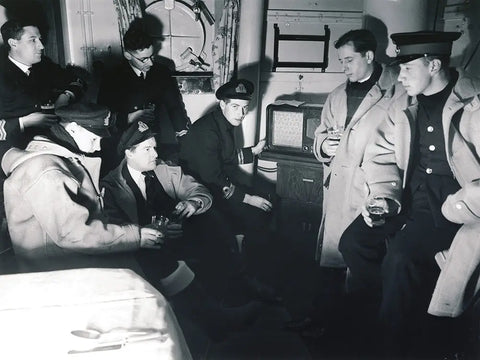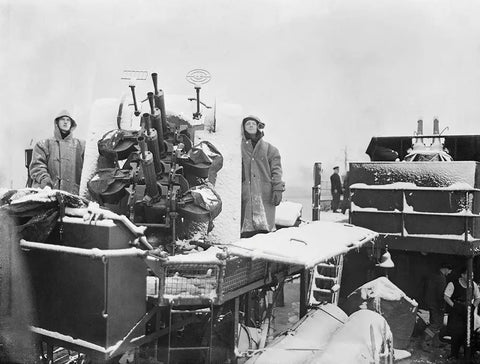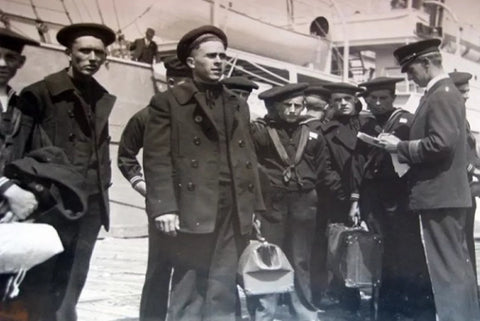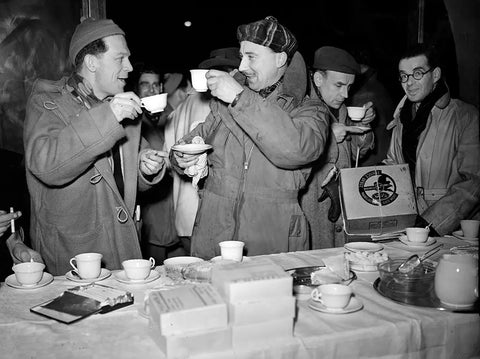Both the iconic duffle and peacoat hold incredible stories from the past. They have remained a popular staple in our wardrobes today, surviving decades of trend and change. They are a constant. Many pieces of menswear were born from uniform – chinos, aviator jackets, desert boots to name a few. But, how have the duffle and peacoat endured from being an island nations uniform to a global fashion constant?
Our Clothing has a unique way of bringing us together, expressing a shared identity that makes us recognisable to both friends and foes. Uniform possesses this quality, while also serving more practical purposes. The duffle coat was adopted by the Royal Navy in the 1880s and was soon worn by seamen and officers alike – a unique piece of uniform that brought people together across their ranks, serving and appearing very much as one. By 1945, the duffle coat was worn by both the Royal Navy and the British Army – Field Marshal Bernard Law Montgomery hailed as the instigator of this movement.

The duffle coat was roomy, created from coarse wool with a large hood and pockets and iconic jute and toggle fastening – all of these design elements serving an important purpose to the wearer. The oversized shape allowed for a full uniform to be worn comfortably underneath, including blazer. Coarse wool protected the wearer inside from even the Antarctic climate and the large-scale pockets and toggle closures were easy to manipulate with gloved hands.

The peacoat shared very much in the duffle’s uniform heritage. The iconic double breasted, large lapelled peacoat has an ambiguous beginning, with a number of possible origins dating back to around the 1720s. Again, this coat’s past is nautical, with Dutch, British and US sailors sporting the peacoat throughout the 18th and 19th centuries. Sailors who moved up the ranks would graduate to a “bridge coat” – a longer line version of the classic shorter peacoat. This was worn exclusively by officers with epaulettes added also. Identity plays its part again in this element of uniform, however unlike the duffle, this was less of a universal garment and, instead, a means of showing status – bringing people together, just in a different way.

The duffle and peacoat quickly became symbols of a steadfastness, refusal to concede in the eye of both a literal and metaphorical storm. This meant a great deal to the consumers of an uncertain post-war Britain, and undoubtedly means a lot to people today as we face new challenges such as climate change and fashions impact on it. We look for garments built to last made from thoughtful fabrics in a cut and colour that will not go out of style, to become a steadfast part of our wardrobe – reliable and dependable despite trend.
Our duffle and peacoats embody exactly this. Practical and versatile but, above all, still bringing people together from an island nation to around the world.

























